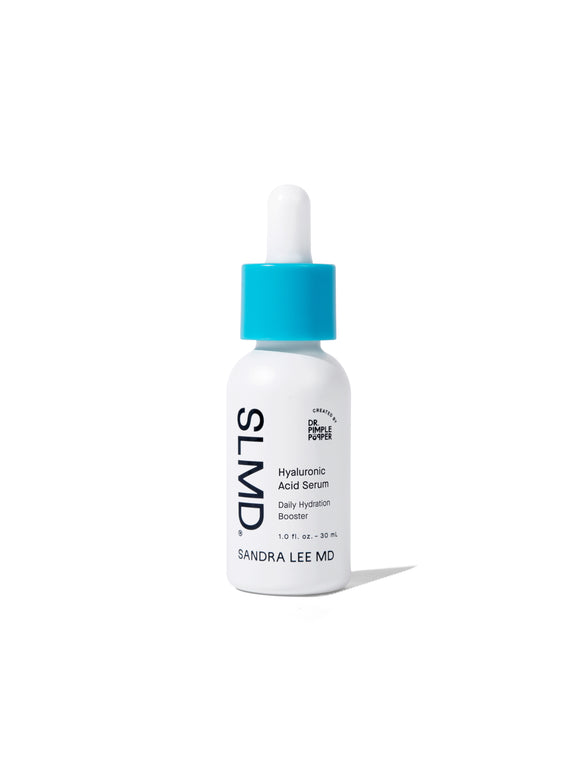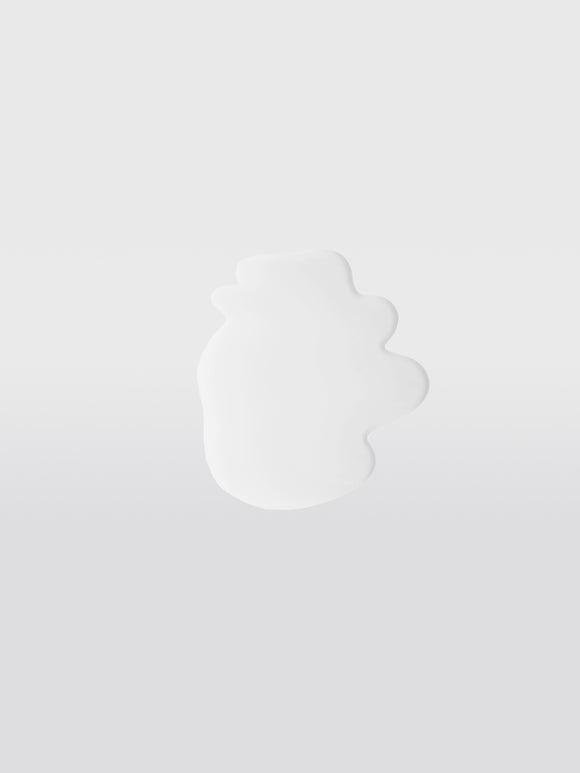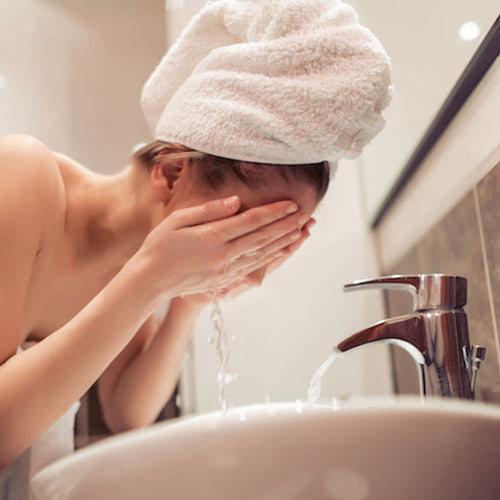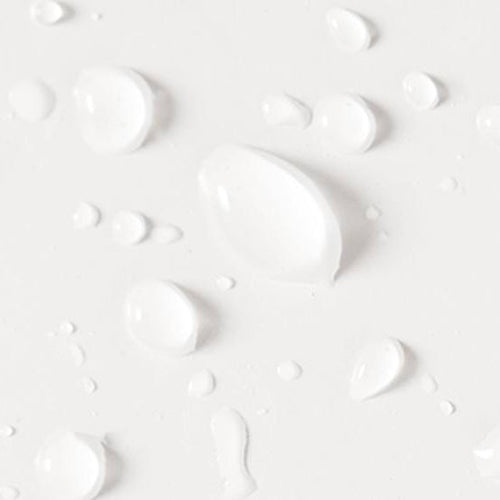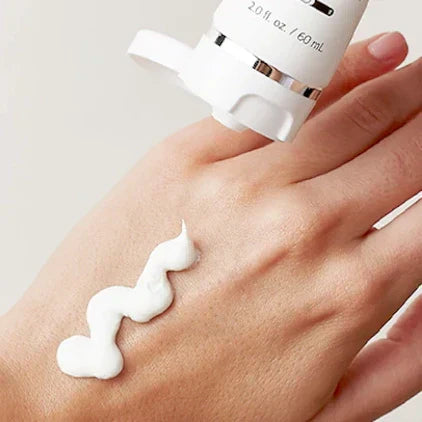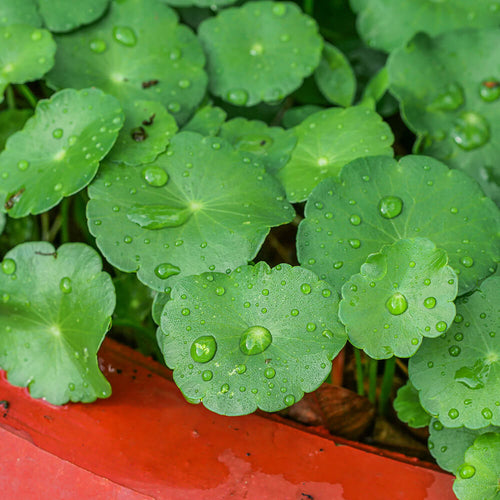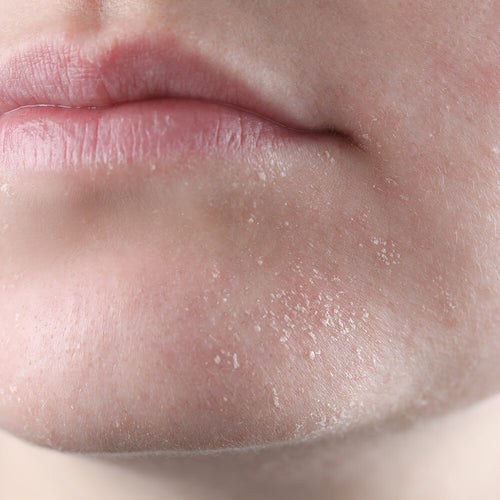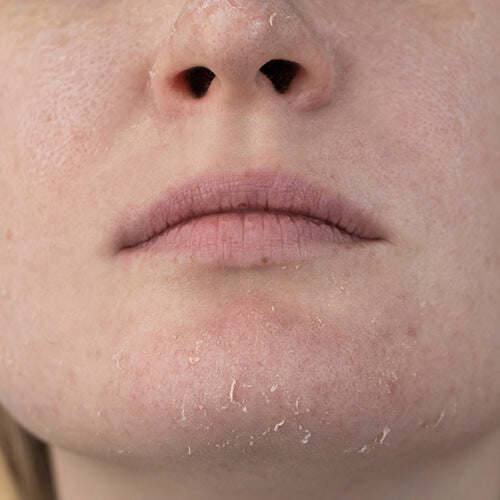
Dr. Pimple Popper Explains What Causes Split Ends
How to treat and prevent one of the most common hair complaints.Published:
3 minute read
Regardless of your hair's type or texture, split ends seem to be an almost universal hair dilemma. But rather than just chopping them off and moving on, getting to the root of why split ends happen can be a game changer in treating and preventing them. With the help of dermatologist and SLMD Skincare founder Sandra Lee, MD (aka Dr. Pimple Popper) we’re taking a closer look into the intricate world of hair, unraveling the mysteries behind split ends, and learning how to keep our locks looking their best.
Article Quick Links
Understanding hair anatomy
In order to understand split ends, we need to start with a quick anatomy lesson — and it all starts with our pores. Besides being ground zero for acne, each of our pores contains a hair follicle. From the root of that follicle, the hair shaft grows. Sebaceous glands produce oils that travel up the hair shaft to the surface, lubricating hair and skin.
The hair shaft is made of three parts:
- Medulla: the innermost layer, made up of a soft, spongy tissue containing air spaces and keratin cells
- Cortex: the middle layer, composed of tightly-bound, long keratin filaments and melanin, responsible for strength, texture, and color
- Cuticle: made of overlapping scales of hard keratin that acts as a protective barrier for the more delicate inner layers of the hair
When the cuticle is intact, it gives hair a shiny and smooth appearance. Damage to the cuticle can lead to split ends and make the hair appear dull and frizzy.
What causes split ends?
Split ends occur when the protective cuticle is stripped away from the end of the hair fiber, leaving the inner structure exposed and prone to splitting. Several factors contribute to this:
- Mechanical damage: Brushing hair too aggressively, particularly when it's wet, can cause physical stress leading to split ends.
- Heat styling: Frequent use of hot tools like flat irons, curling irons, and blow dryers can weaken and damage the hair cuticle.
- Chemical treatments: Hair dyes, perms, and relaxers can compromise the integrity of the hair cuticle.
- Environmental factors: Exposure to the sun, wind, and dry air can erode the cuticle over time.
- Nutritional deficiencies: Lack of proper nutrition can weaken hair, making it more susceptible to splitting.
It's worth noting that having naturally dry skin (aka fewer sebaceous glands to protect your hair), can make you prone to getting split ends.
Types of hair splitting
According to Dr. Lee, there are actually two types of hair splitting, distinguished by their severity.
- Trichoptilosis (aka common split ends): When the hair splits or frays at the end of the hair shaft, typically caused by everyday hair wear and tear, styling practices, and environmental factors like heat and chemical exposure
- Schizotrichia (aka hair shaft splitting): When the hair splits along its entire length, not just at the ends, as a result of extreme stress from excessive chemical treatments, extreme heat styling, and severe nutritional deficiencies
Understanding these two forms of hair splitting is essential for identifying appropriate treatments and preventive strategies to maintain healthy hair.
Dr. Pimple Popper’s tips for split ends
How to treat split ends
While split ends can't be completely repaired, their appearance can be improved, and their progression can be halted:
- Trimming: regular haircuts with your stylist are the most effective way to remove split ends and keep them from getting worse.
- Deep conditioning: intensive treatments with ingredients like hyaluronic acid, argan oil and keratin can enhance hair health, making it less prone to splitting. Dr. Lee uses her SLMD Hyaluronic Acid Serum, which also contains a natural oil called squalane, on her ends to keep them hydrated and smooth.
- Gentle styling: reduce further damage by avoiding harsh styling techniques and tools.
How to prevent split ends
According to Dr. Lee, hair health begins with scalp health. Prevention is key in maintaining healthy hair:
- Beat the heat: always apply a heat protectant before using hot styling tools to shield your hair from thermal damage.
- Avoid over-brushing: brush your hair gently, and use a wide-tooth comb on wet hair to prevent mechanical damage.
- Give hair a break: reduce the frequency of chemical treatments and heat styling; avoid over-washing.
- Shield your hair: wear hats or use leave-in products with UV protection when spending time outdoors.
- Wash properly: massage shampoo into your scalp and rinsing thoroughly, while saving conditioner for the middle to the ends.
- Eat right: a diet rich in vitamins and minerals essential for hair health, like vitamin E, omega-3 fatty acids, and biotin.

Dr. Lee's Last Word
Chances are, if you wash and style your hair regularly, you’re going to end up with some split ends. I keep mine in check by getting regular trims, and applying a bit of my Hyaluronic Acid Serum to my ends to keep them from drying out.



